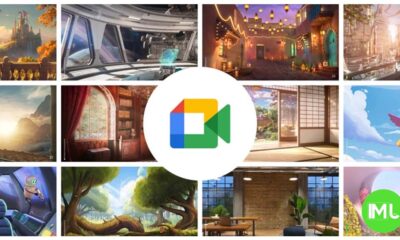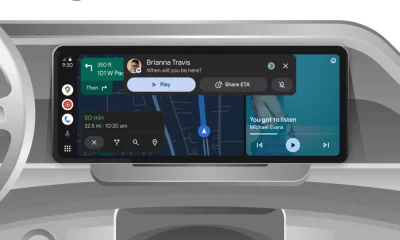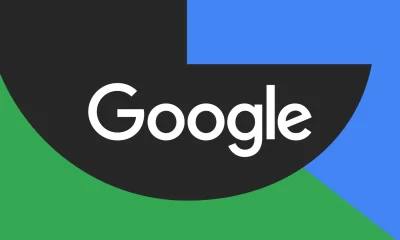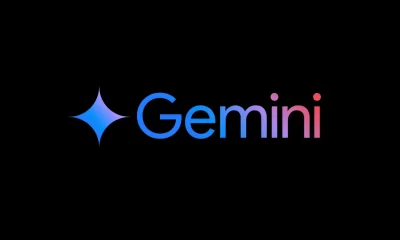Google Photos introduces ‘Updates’ Feed; YouTube for Android TV adds quick ‘Subscribe’ button to improve user experience
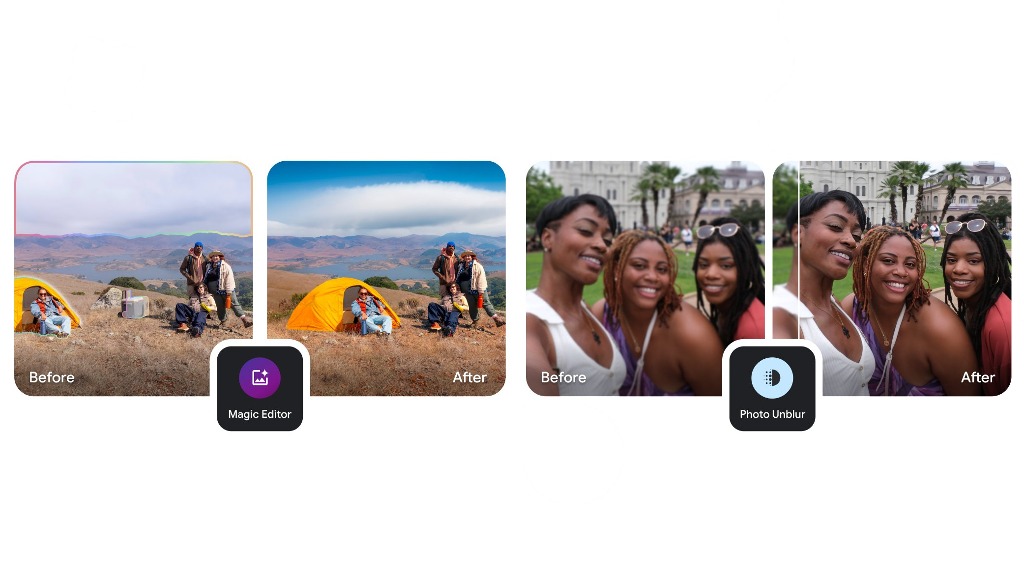
In recent updates, Google Photos and YouTube for Android TV have each introduced new features aimed at enhancing user convenience and interaction. Google Photos has shifted from the former “Sharing” tab to a new “Updates” feed, while YouTube for Android TV has added a more accessible “Subscribe” button within its player interface.
Google Photos’ New ‘Updates’ Feed
Following the August switch from a “Library” to a “Collections” tab, Google Photos has now replaced its “Sharing” tab with an “Updates” feed. Previously, the “Sharing” page featured a “people” icon situated between the ‘plus’ menu and the profile icon. Users could access shortcuts like “Create shared album” and “Share with partner,” followed by an “Albums and Memories” carousel and a list of “Conversations” at the bottom.
Now, this layout has been restructured. A notification bell icon in the app bar indicates sharing activity and directs users to the new “Updates” feed. This feed organizes recent sharing actions, including shared links and conversations, streamlining the view of shared moments and memories. The overflow menu also provides direct access to:
- Sharing activity: Track shared links, shared memories, and ongoing conversations.
- Conversations: View shared discussions in one place.
This change reflects a move away from the in-app messaging function, “Conversations,” aligning with Google’s common UI pattern of a notification bell, seen across apps like Google Home, Play Store, and YouTube. Currently, the “Updates” feed rollout is available for Google Photos on Android, though not yet on iOS.
YouTube for Android TV Adds Prominent ‘Subscribe’ Button
YouTube on Android TV has introduced a more visible “Subscribe” button directly within the main player interface, allowing users to easily subscribe to channels without needing to exit the video. The Android TV version of YouTube has evolved over the past few years, adopting a dual-column layout and larger visuals designed for TV screens. These adjustments allow easier navigation with a remote instead of a touchscreen or mouse.
In this latest change, users watching a channel they aren’t subscribed to will now see a prominent “Subscribe” button within the player UI. This quick-access feature lets users instantly join channels they find interesting or valuable without multiple steps. For those already subscribed, the button won’t appear, keeping the layout cleaner for regular viewers.
Additionally, the “Like” and “Dislike” buttons, previously combined, have returned to individual icons, adding more control options within the interface. Though this may make the UI appear somewhat crowded, it serves to encourage users to subscribe while also improving their content interaction options.
These changes across Google Photos and YouTube for Android TV are part of Google’s broader strategy to streamline user interaction and engagement across its ecosystem, offering convenient and quick-access tools in both mobile and TV settings.
Google Meet gets a fresh new look with Material 3 design

Google Meet is getting a big update to its look, thanks to the new Material 3 design. This change brings a cleaner and more modern style to the video calling app, making it easier and more enjoyable to use.
With Material 3, Google Meet now has rounder buttons, softer colors, and better spacing between elements. The main controls, like the microphone, camera, and end call buttons, are now larger and easier to tap. The icons and text are also clearer, which helps users find what they need quickly during a call.
Another improvement is the new “expressive” color system. This feature lets the app’s colors match your device’s wallpaper or theme, giving each user a unique and personalized experience. The changes also make Google Meet more accessible, as the new design is easier to read and use for everyone, including people with vision difficulties.
These updates are rolling out to both web and mobile versions of Google Meet. Google says the new look will help people feel more comfortable and focused during their meetings. Overall, the Material 3 update makes Google Meet not only look better but also work better for all its users.
Android
Easy ways to change Android Auto’s look with light and dark themes
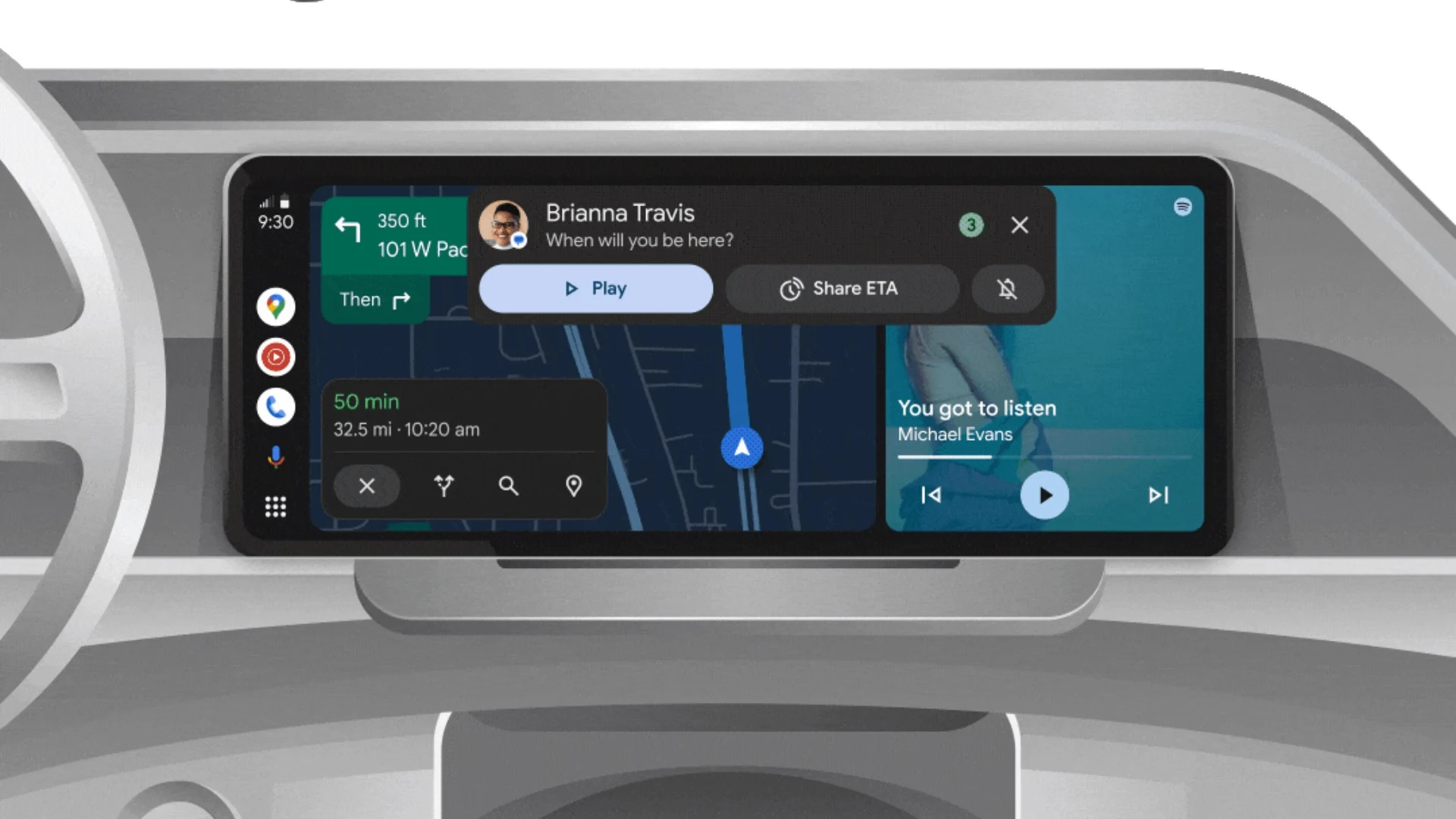
Android Auto is a helpful tool that lets you use your phone’s apps safely while driving. It connects your phone to your car’s screen, making it easier to use maps, music, and calls. One of the features many people like is the ability to change how Android Auto looks by switching between light and dark themes.
How to switch between light and dark themes
Android Auto offers two main themes: light and dark. The light theme uses brighter colors, which can make the screen easier to see during the day. The dark theme uses darker colors, which can be more comfortable for your eyes at night or in low light.
To change the theme, follow these steps:
- Open the Android Auto app on your phone.
- Go to the settings menu.
- Find the “Theme” option.
- Choose between “Light,” “Dark,” or “Set by car” (this lets your car decide the theme based on the time of day or your car’s settings).
Why themes matter
Using the right theme can make driving safer and more comfortable. The light theme is good for bright days, while the dark theme helps reduce glare at night. Having these options means you can pick what works best for you, making Android Auto easier to use in any condition.
In short, Android Auto’s theme options are simple to use and help you drive more safely by making the screen easy to see, no matter the time of day.
Google Drive and Files by Google get fresh updates for easier use
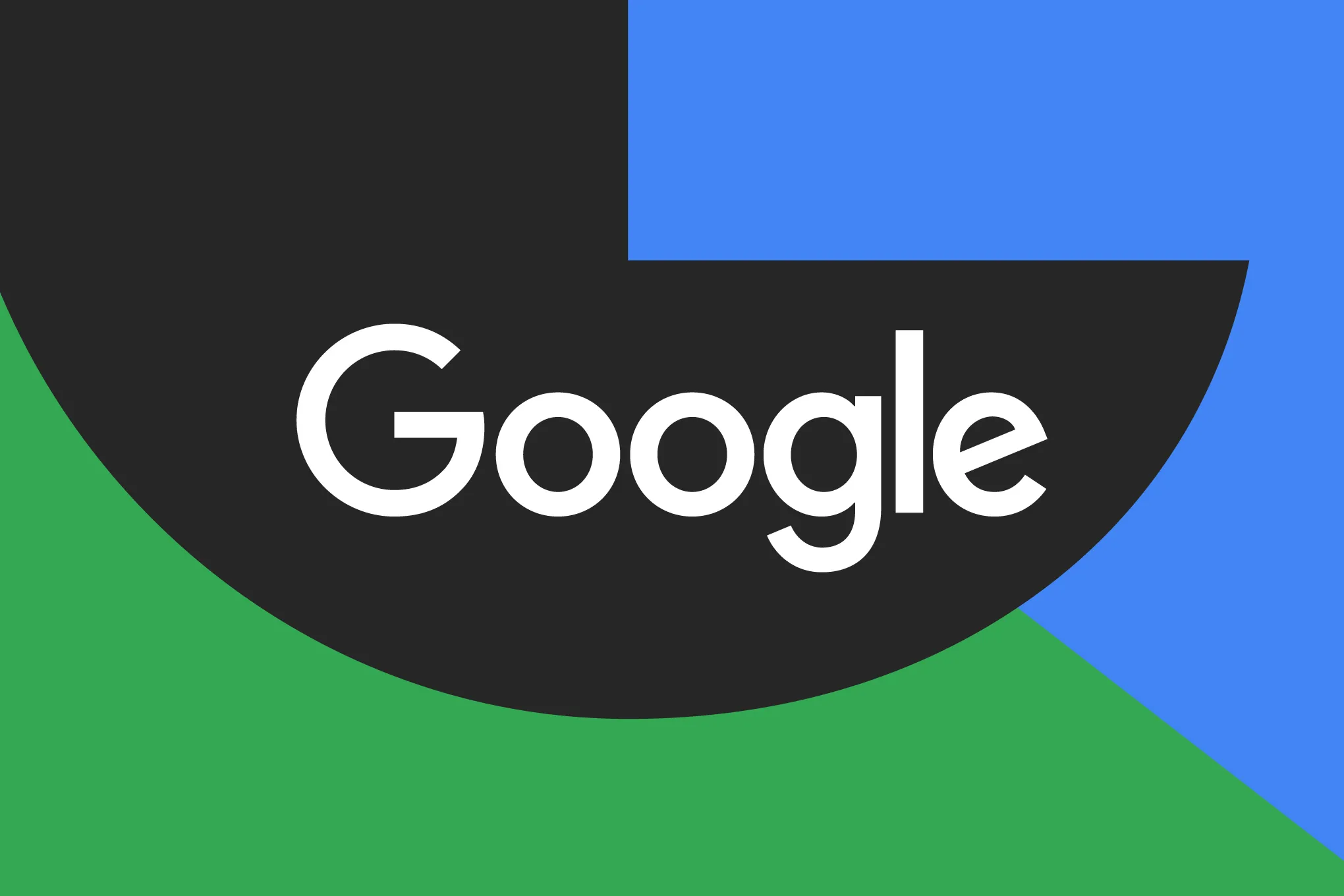
Google is rolling out some helpful updates to two of its popular apps: Google Drive and Files by Google. These changes are designed to make managing your files and watching videos much smoother.
First, Google Drive is getting a new video player. Now, when you upload a video to Drive and open it, you’ll notice a fresh look that matches Google’s latest design style. The controls, like play and pause, are easier to use and look cleaner. This update makes it simpler to watch videos directly in Drive without needing to download them first.
Meanwhile, the Files by Google app is also getting a makeover. The app is adopting Google’s Material 3 design, which means it looks brighter and more modern. The buttons and menus are easier to see and use, making it simpler to find, move, and organize your files. There are also new color options and improved icons, so everything feels more user-friendly.
Both updates show Google’s commitment to making its apps more helpful and enjoyable to use. Whether you’re watching videos in Drive or sorting files on your phone, these changes aim to save you time and make things less complicated. If you use these apps, keep an eye out for these new features—they should arrive soon!
-
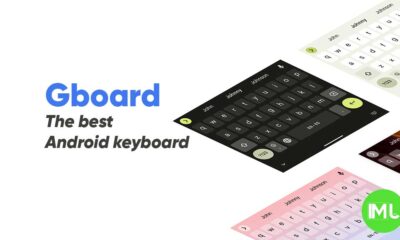
 Apps1 year ago
Apps1 year agoGboard Proofread feature will support selected text
-
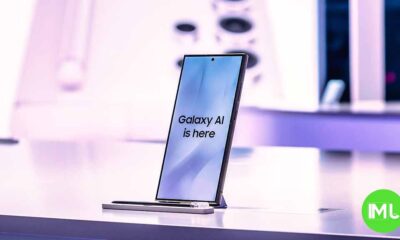
 News1 year ago
News1 year agoSamsung USA crafting One UI 6.1.1
-
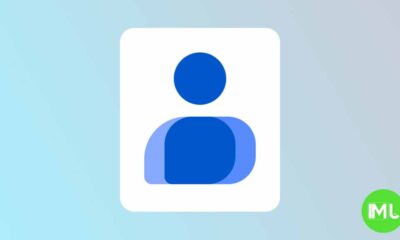
 Apps1 year ago
Apps1 year agoGoogle Contacts app testing new Besties Widget
-
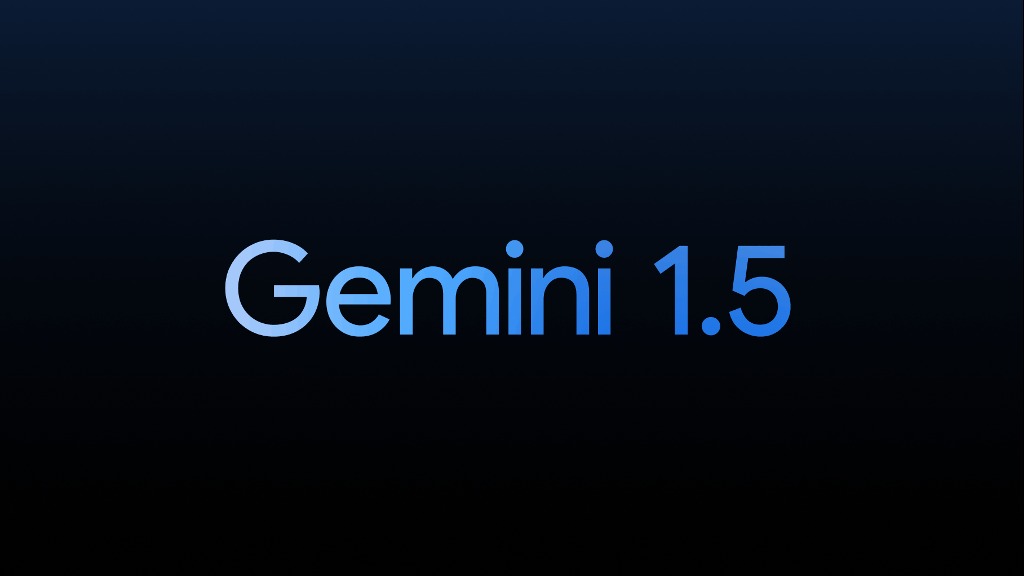
 AI12 months ago
AI12 months agoGoogle Pixel 9 Pro may come with a complimentary one-year Gemini Advanced subscription
-
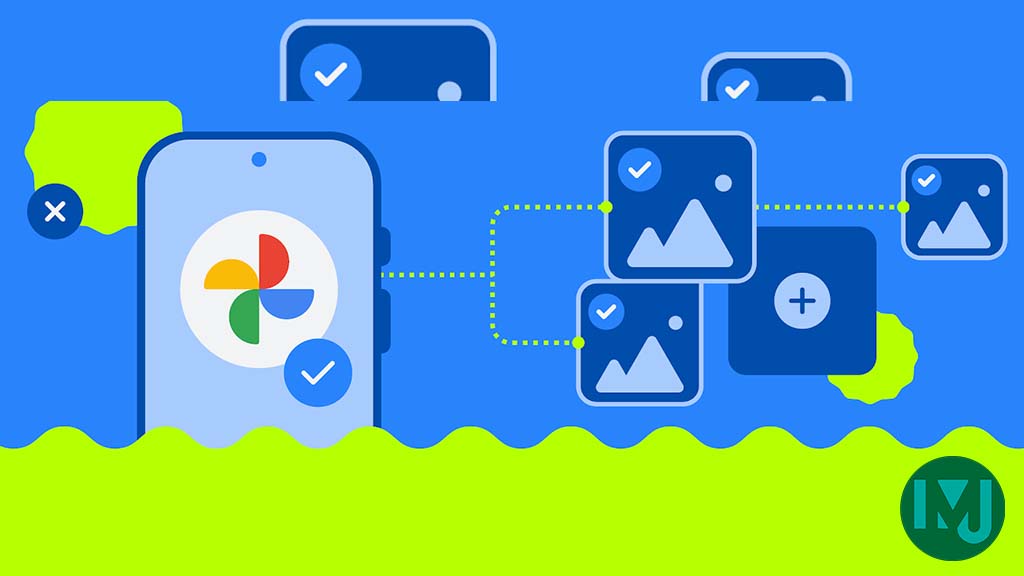
 Apps12 months ago
Apps12 months agoGoogle working on a new video editing feature for its Photo app
-
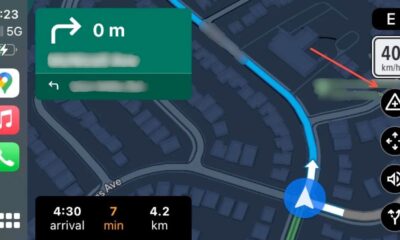
 Apps12 months ago
Apps12 months agoGoogle Maps lets you report traffic jams and accidents on Apple CarPlay, but not on Android Auto
-

 News1 year ago
News1 year agoBreaking: Samsung Galaxy S22 may get Galaxy AI features
-
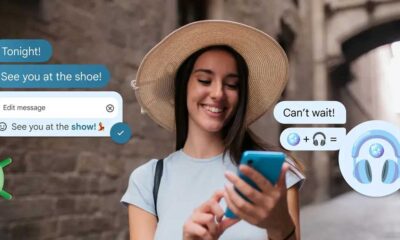
 Apps1 year ago
Apps1 year agoGoogle Messages app will transform MMS chats into RCS

